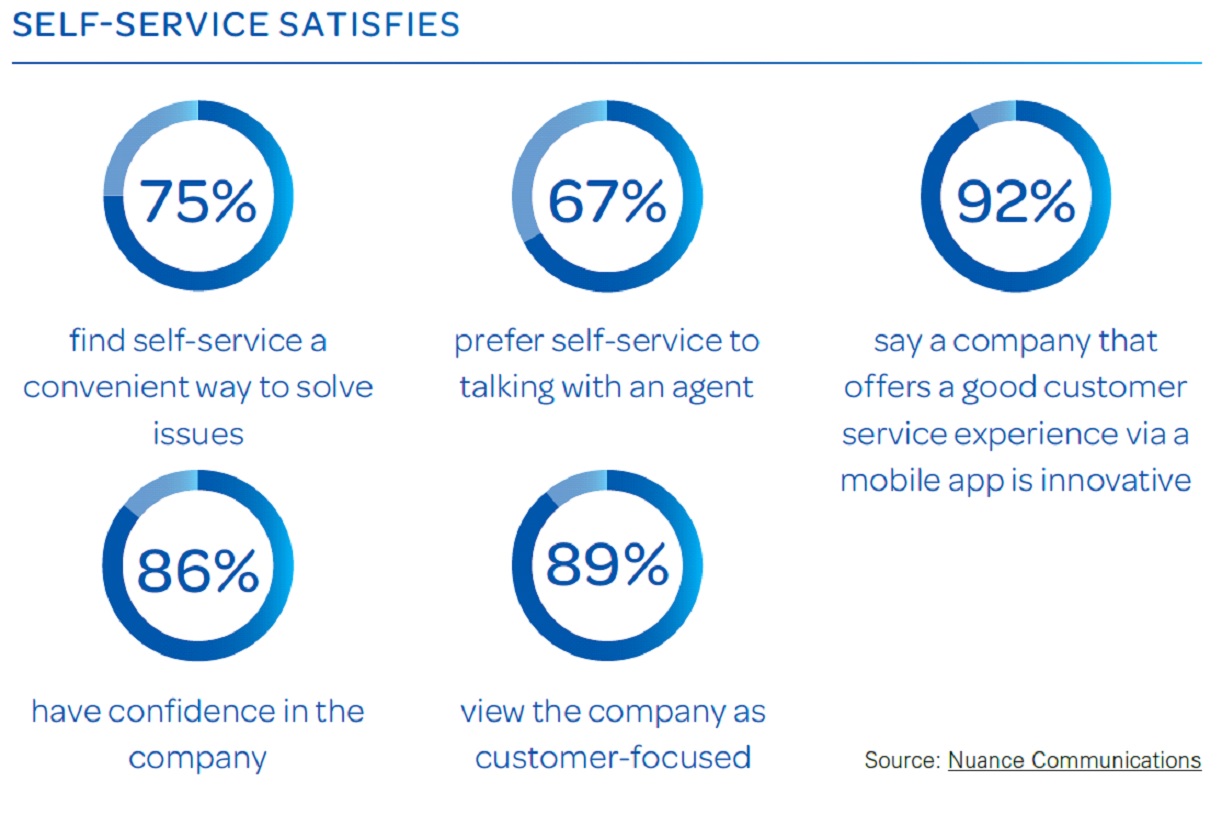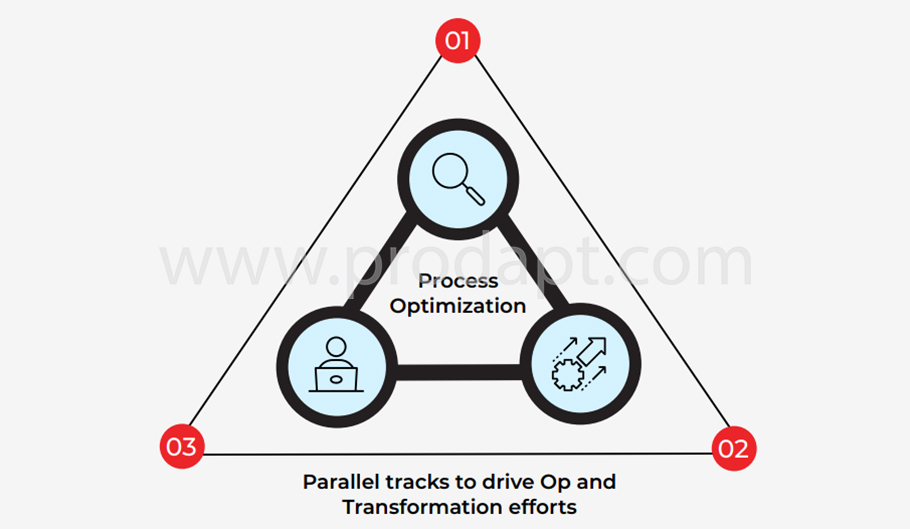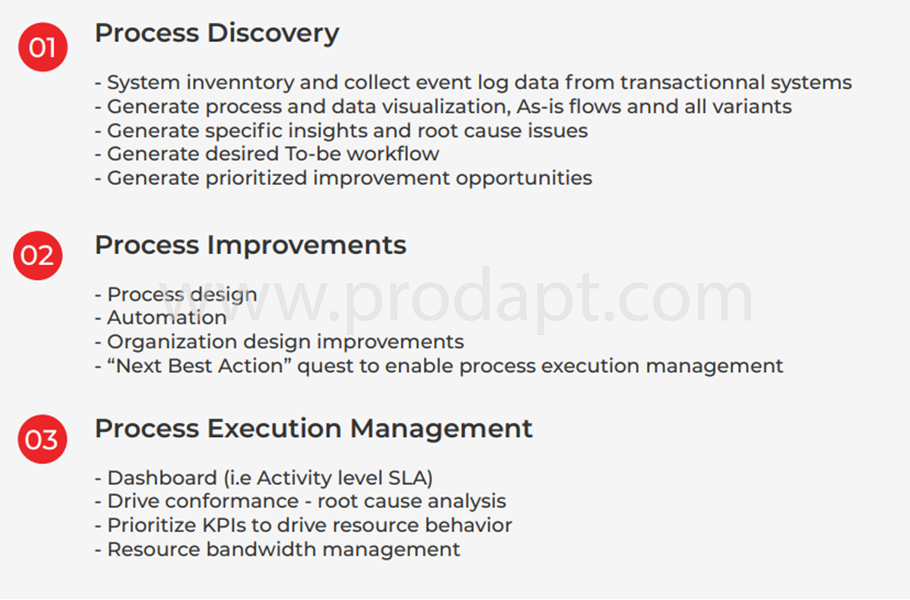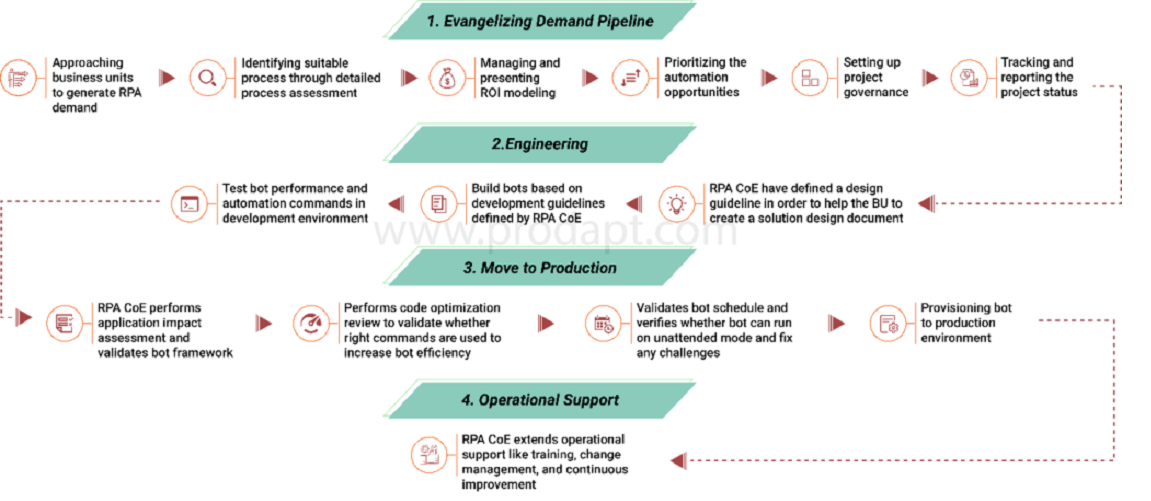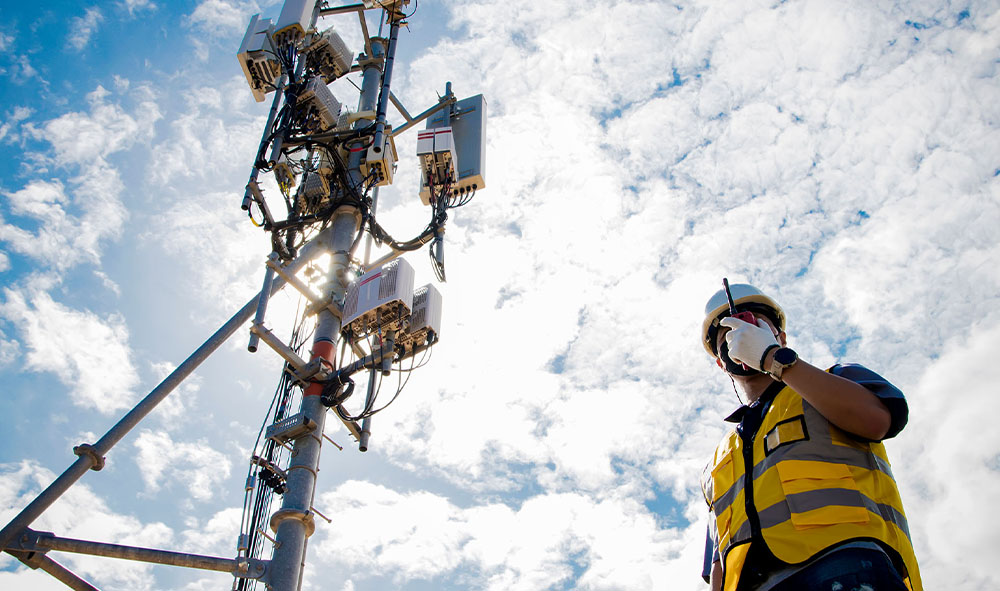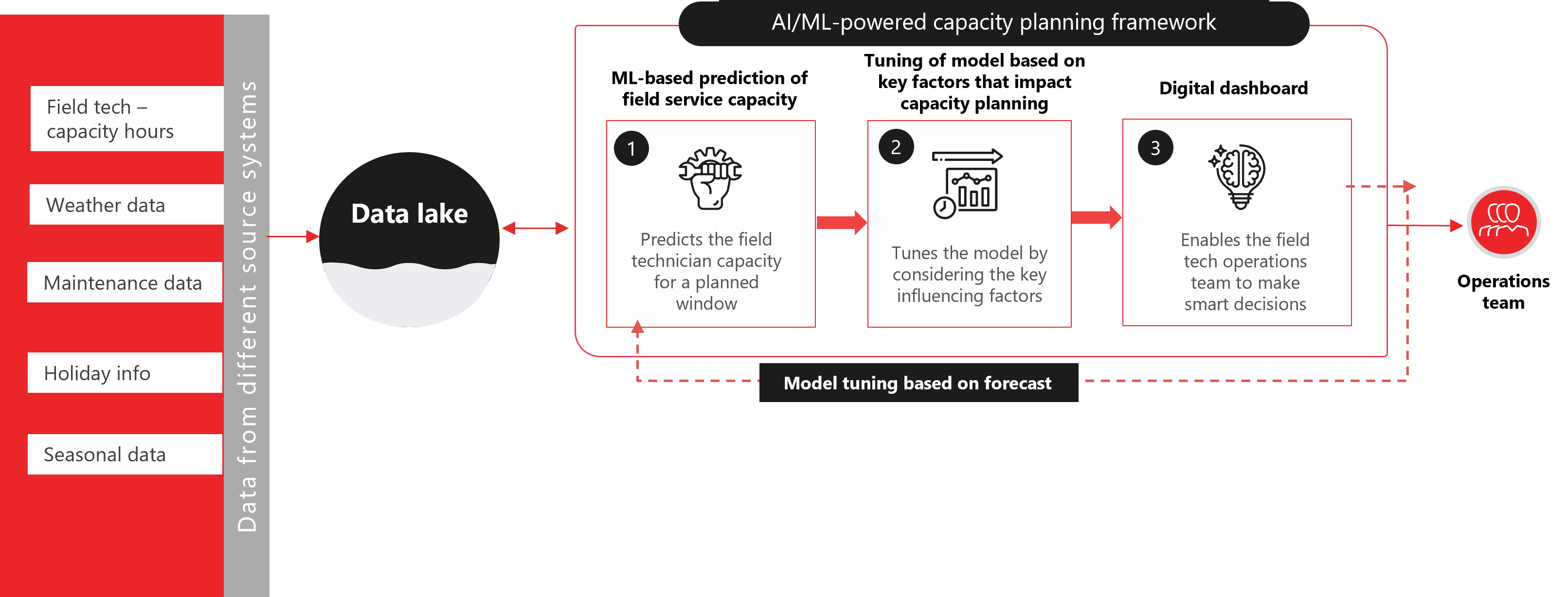Automate processes and achieve faster ROI with full-featured RPA
Employing staff is the biggest operating expense for service providers in the Connectedness industry. Employees are also their greatest asset. Automation technology advances enable service providers with new ways to maximize employee productivity, revenue, and customer satisfaction while minimizing human error. One of those advances is robotic process automation (RPA), a broad, deep category of tools for automating business, network, and operational processes.
RPA can automate mundane processes which are tiring and boring for a human to do all day long – the kind of fatigue that results in mistakes and expensive turnover. By providing what customers seek faster than a live agent can, RPA eliminates one of their major complaints: wasting minutes on hold to speak with an agent or hours or days for a work order to be processed manually. The big advantages delivered by RPA are customer satisfaction, employee satisfaction, greater revenues and profits, security, and reliability. But the biggest obstacle to achieving these ends through RPA misunderstands how and where it can be deployed. This insight, sponsored by Prodapt and published by TM Forum, elaborates on how to embrace RPA across the business processes to achieve greater efficiencies, improved customer experience, and faster ROI.
RPA automates mundane processes which are tiring for a human to do all day long, thereby avoiding mistakes and expensive turnover
